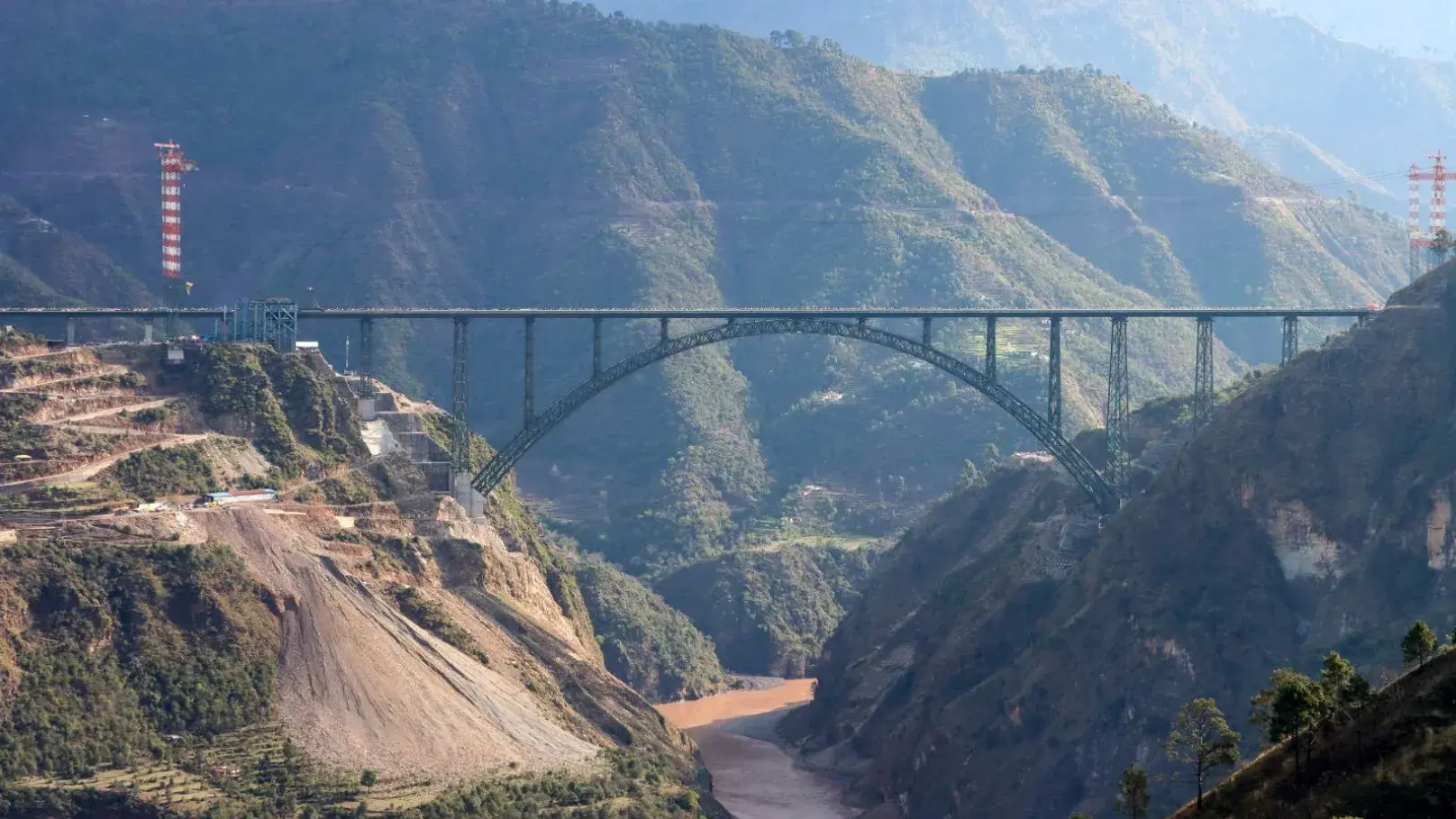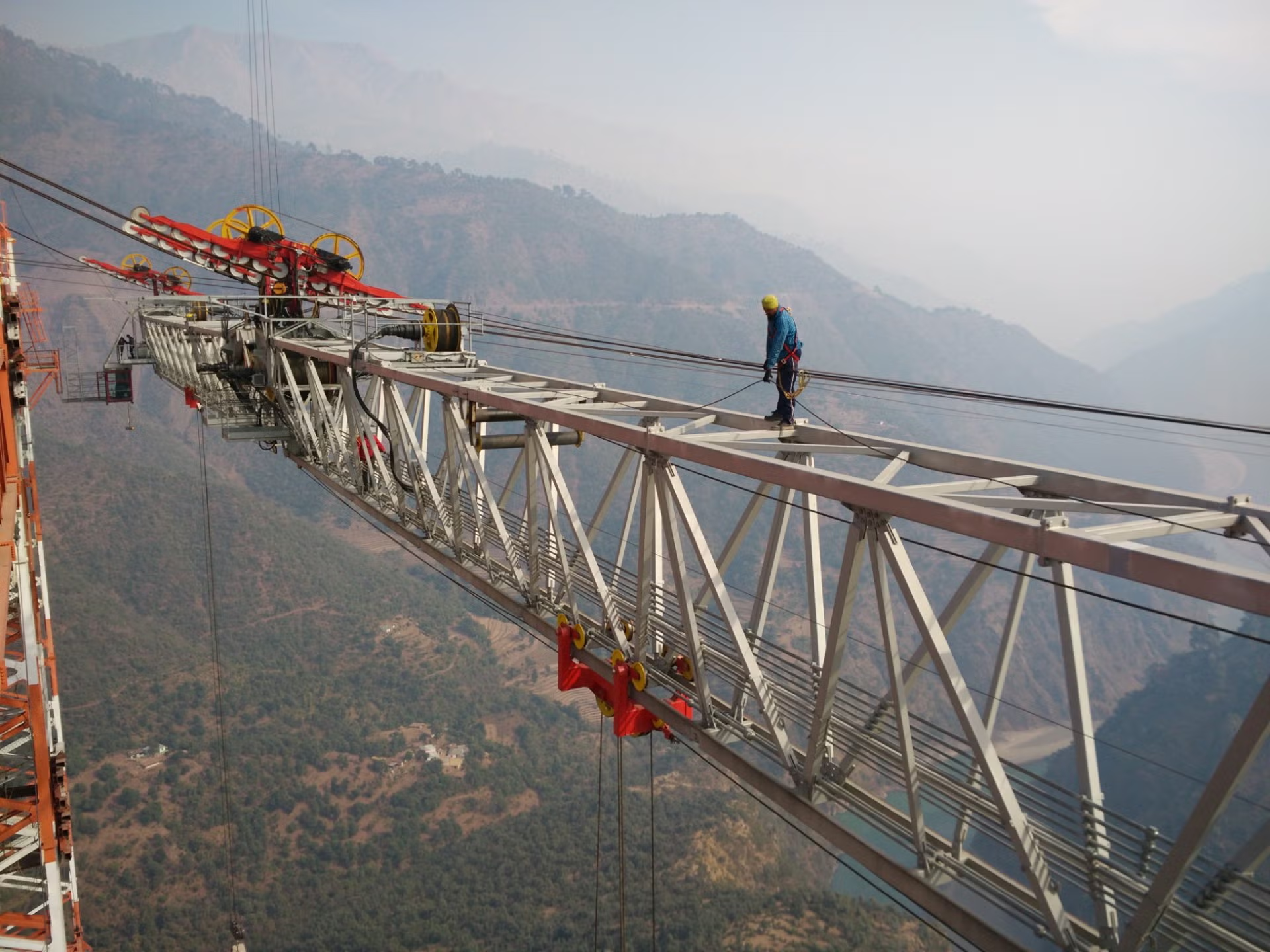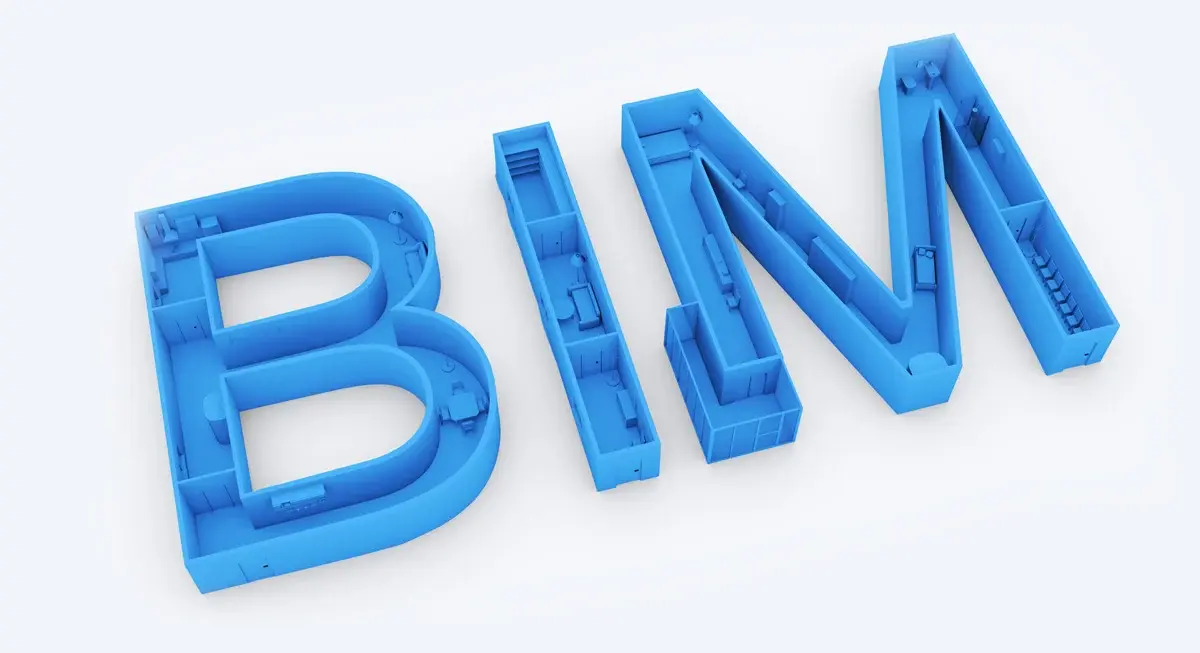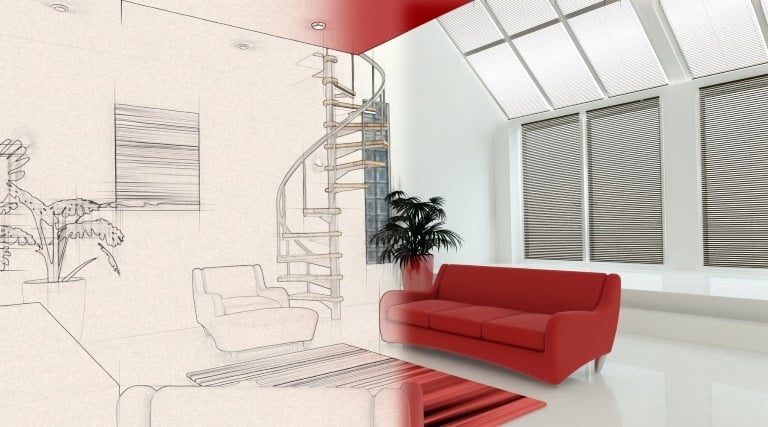
At 359 meters above the riverbed, Chenab Bridge holds the record as the world’s highest railway bridge. Spread across the mighty Chenab River in Jammu and Kashmir, the Chenab Bridge is not just another infrastructure project. Rather, it is a testament to the advancement in engineering and a reason for national pride.
This story explains how BIM powered the construction of the Chenab Bridge, the world’s highest railway bridge, through precise 3D modelling, clash detection, construction simulation, and safer on-site execution in extreme terrain. It’s ideal for architects, civil engineers, structural designers, and BIM professionals who want to see how digital workflows enable complex infrastructure projects and why mastering BIM is a top skill for high-impact engineering careers.
The Making of The Chenab Bridge
Designed as part of the ambitious Udhampur-Srinagar-Baramulla Rail Link (USBRL) project, this bridge connects some of the most difficult terrains in the Himalayas, making remote regions accessible and transforming connectivity in the region.
Constructed using a massive steel arch design, the bridge stretches about 1,315 meters and is built to withstand high-velocity winds and extreme temperatures. Beyond the structural challenges it possessed, the Chenab Bridge presented a breakthrough in modern engineering, where precision, safety, and innovation had to align perfectly. Traditional methods of design and construction simply wouldn’t cut it for a project of this complexity and scale. Thus, the need for BIM (Building Information Modelling).
BIM played a crucial role in bringing this record-breaking project to life. From design coordination to clash detection and progress monitoring, BIM made it possible to visualise, simulate, and plan every detail with incredible accuracy. It allowed engineers to eliminate risks in a challenging environment where even the smallest error could lead to massive delays or danger.
Fun Fact: The approach viaduct of Chenab Bridge was one of the first bridges in the world where BIM was applied for bridge modelling.
(Source: e-BrIM, 2023)
How Did BIM Help?
BIM simplified the design and construction of the Chenab Bridge by creating accurate 3D models, reducing errors, improving coordination, and enabling safe execution in challenging terrain.

BIM allowed various project teams to create a single, highly detailed 3D model of the entire bridge and its surrounding environment before any physical work began. Given the complex geography and extreme conditions, engineers used BIM for precise terrain analysis, ensuring the bridge alignment and foundations were accurately positioned to avoid future complications.
The first BIM applications were originally meant for building structures. Bridge structures usually have bigger dimensions, which leads to bigger thermal movements and bigger deformations than building structures. These issues were taken into account when modelling bridges. When detailing such large structures as the Chenab Bridge, it is often necessary to consider also the minor details in the detailing.
With multiple disciplines like architecture, civil, and structural working together, BIM helped identify and resolve conflicts in the design phase itself. This eliminated costly rework and drastically improved construction efficiency.
Also Read: Architecture Thesis Topics: A Comprehensive List of 30 Topics to Pick From

Moreover, BIM-enabled construction simulation allows engineers to virtually plan out each phase of the project in advance. This proved invaluable in remote zones with limited accessibility and unpredictable weather conditions. Through 4D BIM (which incorporates time as the fourth dimension), the team could visualise how the construction would progress over time, ensuring safety and reducing delays.
Constructing one of the world’s biggest railway bridges under extremely demanding conditions required innovative design, an experienced construction organisation, and close cooperation between all involved parties
Every update from design changes to material specifications was recorded in a single workflow, keeping all stakeholders aligned. Putting it simply, BIM transformed a near-impossible vision into a well-executed reality.
Fun Facts About The Chenab Bridge
These facts reveal how the Chenab Bridge pushed engineering limits and set multiple global records.
- It stands 359 meters above the riverbed, higher than the Eiffel Tower.
- It is designed to withstand wind speeds up to 266 km/h.
- More than 28,000 tons of steel were used in construction.
- It was one of the first bridges in the world modeled using BIM.
- Safety planning through BIM and drone surveys reduced inspection time by nearly 80%, saving over US$100,000.
How Can You Learn BIM?
The success of projects like the Chenab Bridge highlights the powerful truth that BIM is not just the future of construction; it’s the present. As infrastructure and architectural projects grow in complexity, professionals who are skilled in BIM are not only in high demand but are also leading innovation across the AEC (Architecture, Engineering, and Construction) industry.
Now, the question is, how do you become one of them?
That’s where Novatr’s BIM Professional Course comes in. Designed by leading industry experts, this course equips architects, civil engineers, and MEP professionals with in-demand BIM skills, right from 3D modelling and coordination to real-world workflows used in global projects.
Also Read: Best Certificate Courses in Architecture
The program isn’t just about software; rather, it’s about thinking like a BIM professional, solving real construction challenges, and working on projects that mirror what companies need today. You’ll learn tools like Revit and Navisworks, gain experience through hands-on assignments, industry case studies, and mentorship from top professionals.
Whether you're just starting your career or looking to upskill, Novatr’s BIM course gives you the edge to work on iconic projects, just like the Chenab Bridge.
Conclusion
The Chenab Bridge is more than a structural achievement; it’s proof that digital innovation can overcome real-world challenges. Without BIM, constructing such a massive, remote, and high-risk railway bridge would have been nearly impossible.
BIM-enabled engineers to plan, model, coordinate, and execute safely in one of the toughest terrains in the world. As infrastructure demands grow, BIM expertise will become one of the most valuable skills in the AEC industry.
For professionals aiming to build strong, future-ready digital skills, Novatr’s industry-led BIM Course for Architects offers structured, practical training shaped by global experts. It’s designed to help learners step confidently into tech-driven roles across architecture, engineering, and construction.
Explore more insights, guides, and industry breakdowns by visiting our resource page.
FAQs
1. Is Chenab Bridge the highest in the world?
Yes, the Chenab Bridge is the highest in the world.
2. Which two stations are connected by the Chenab Bridge?
The Chenab Railway Bridge is located between Kauri and Bakkal rail stations on the Jammu–Baramulla line.
3. Which train passes through the Chenab Bridge?
Katra-Srinagar Vande Bharat train passes through the Chenab Bridge.
4. What makes the Chenab Bridge the highest railway bridge in the world?
Being 359 meters above the riverbed, makes it the highest railway bridge in the world.
5. Where is the Chenab Bridge located, and what is its strategic importance?
Chenab Bridge is located over the Chenab River in the Reasi district of the Indian union territory of Jammu and Kashmir. The key strategic importance is the connectivity that it has to offer to various remote terrains.
6. What engineering challenges were faced during the construction of the Chenab Bridge?
Access to the region was so hard that initially, material was transported by mules and horses. Moreover, the risk index of this bridge was so high that stakeholders were heavily dependent on BIM.
Was this content helpful to you









.png)

